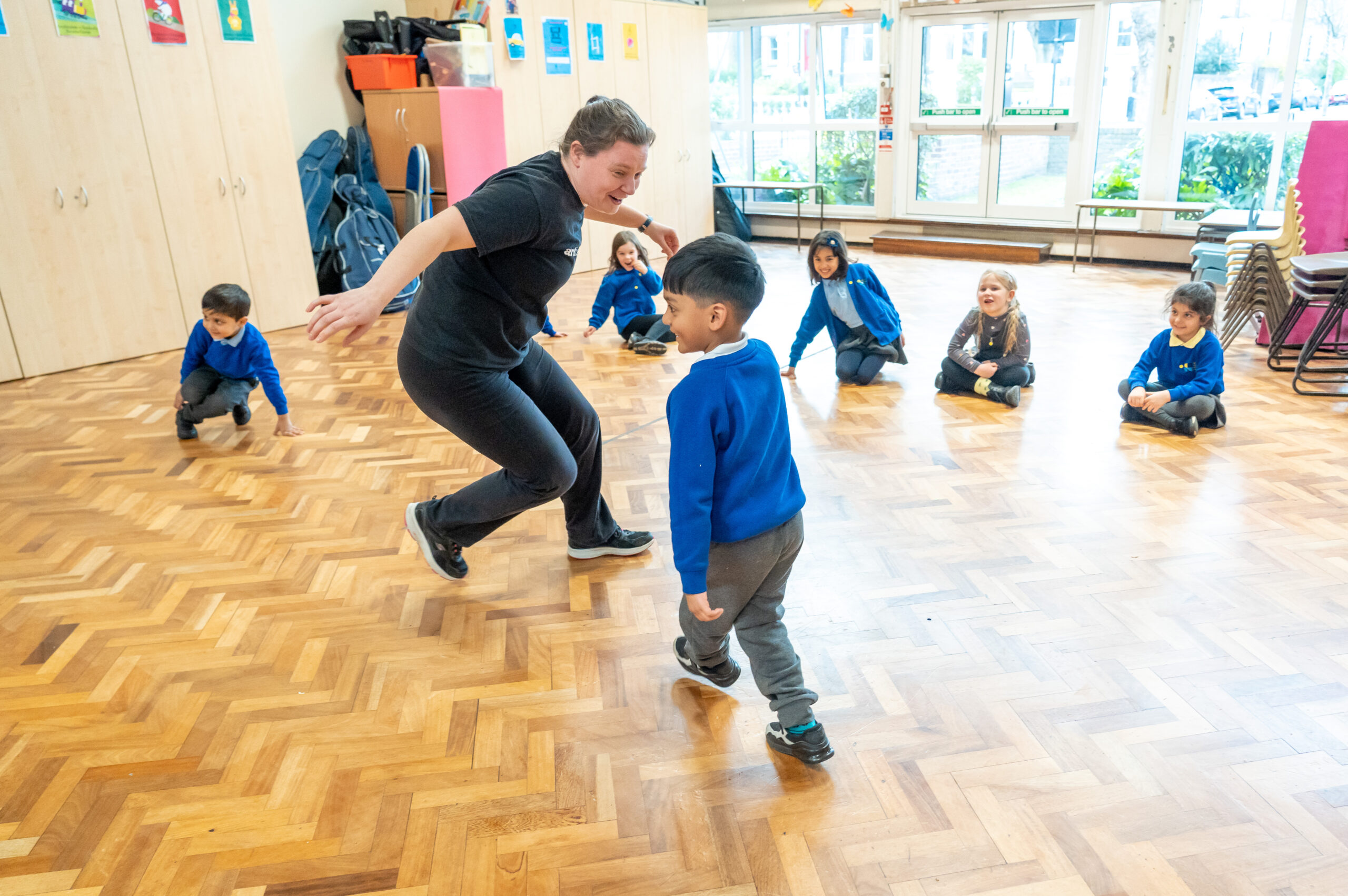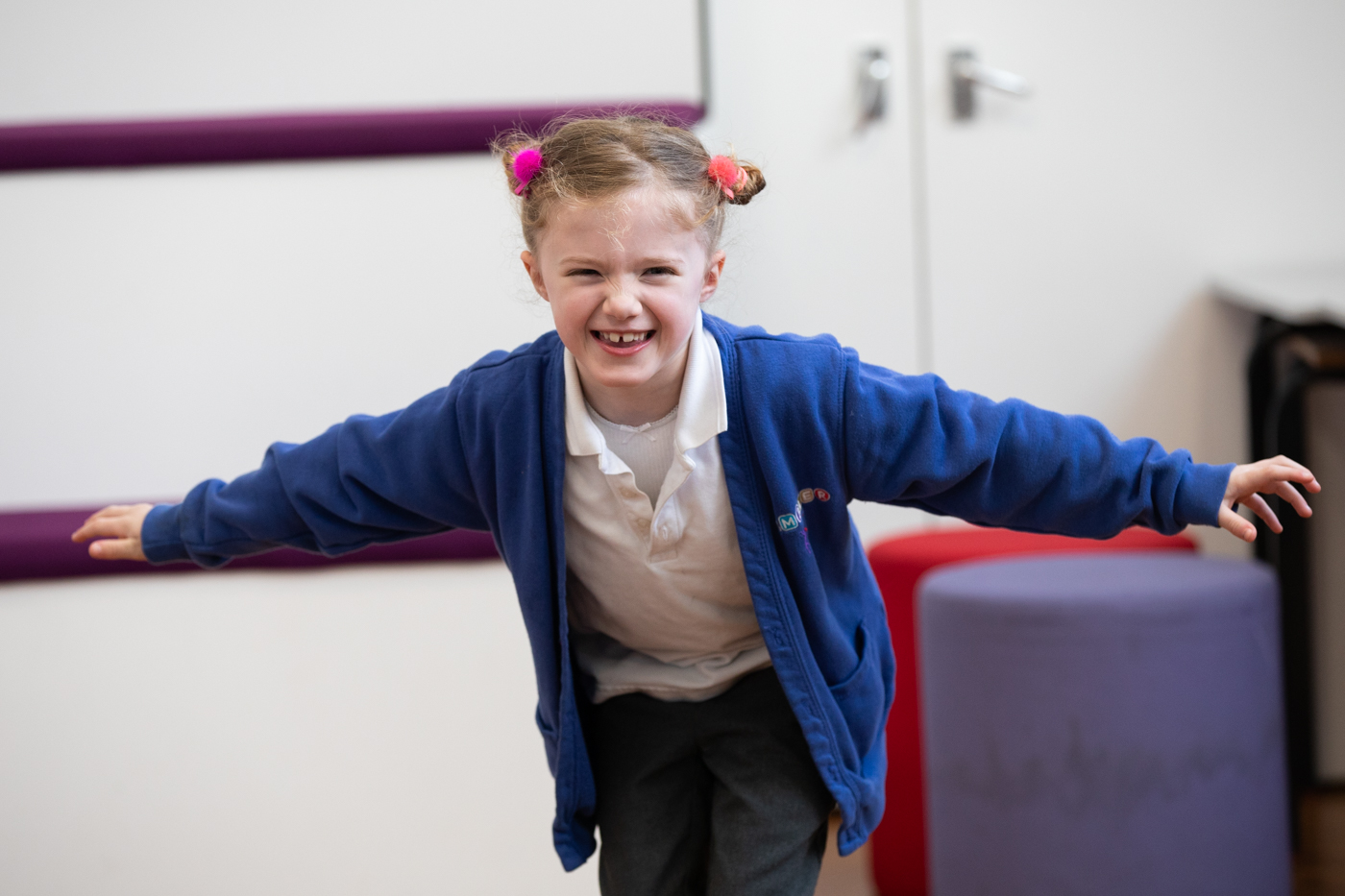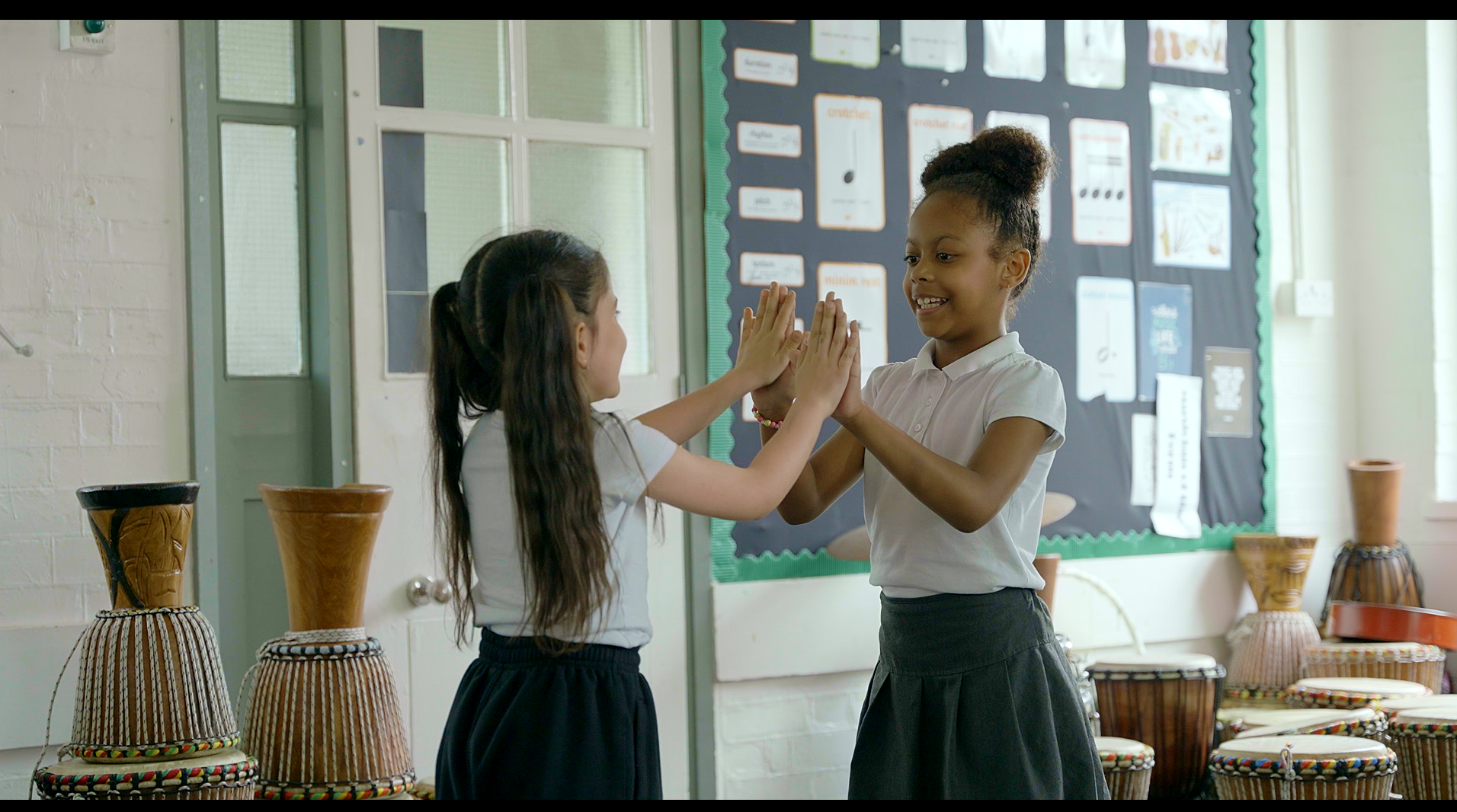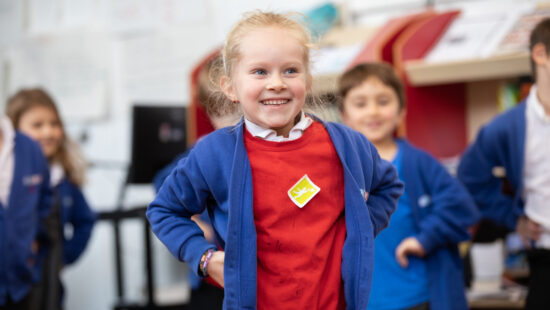The importance of play in education
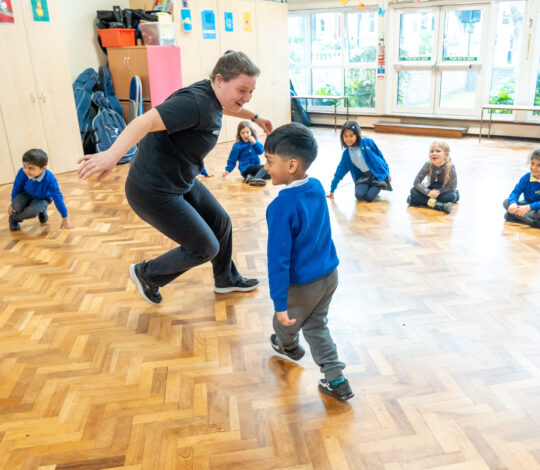
The importance of play in education
Play is often viewed as a frivolous activity, yet it is an essential tool for learning and development, particularly in primary education. As Paul Ramchandani highlights in Raising the Nation, play is the primary way children explore, experiment, and make sense of the world around them. Play is not just about fun; it is fundamental to cognitive, social, emotional, and physical growth.
Despite its clear benefits, play opportunities within the educational system have been diminishing. Understanding the importance of play, the barriers to its inclusion in the classroom, and the potential for revitalising it in schools is essential to ensuring holistic child development.
Why play matters
From an early age, children learn through play. It starts in infancy, where babies engage in playful interactions with their carers, learning how their actions affect the world. This developing sense of “agency” – the understanding that they can influence their environment – is crucial for their overall development.
Play provides children with opportunities to develop problem-solving skills, regulate emotions, and enhance language and social abilities. Through play, they process experiences, test ideas, and refine cognitive skills.
The decline of play
Unfortunately, the role of play in primary education has been under threat. In England, the amount of time allocated to play- whether structured or unstructured – has significantly decreased in recent decades.
A study by UCL in 2019 revealed that children aged 5-7 years had 45 minutes less break time per week compared to children of the same age in 1995. At the secondary level, students aged 11-16 lost around 65 minutes per week of playtime. The increasing emphasis on academic achievement and standardised testing has resulted in less space for play, and schools have often sidelined it in favour of more traditional teaching methods.
The benefits of free and structured play
Free play, where children have the autonomy to choose their activities, helps build independence, fosters creativity, and develops problem-solving skills.
Structured play, such as games with specific rules or guided activities led by teachers or parents, offers opportunities for socialisation, learning to follow rules, and practicing teamwork.
Both types of play are important. Free play encourages children to take ownership of their learning, while structured play helps children build skills in a more focused and guided manner. In schools, a balance of both forms of play can support children’s academic and social development.
Models of play in education
Globally, there are examples of innovative models of play that demonstrate the power of play in enhancing education. Countries like Finland have integrated play as a key part of their educational system, recognising its importance for developing a well-rounded child. Finnish primary schools, for instance, dedicate time for play during school hours, allowing children to unwind and recharge. This approach has been linked to Finland’s consistently high education rankings.
After-school programs and holiday clubs also provide opportunities for enrichment through play. These environments can be particularly valuable for children from disadvantaged backgrounds, offering a safe space for social interaction and skill development that might otherwise be unavailable.
The role of teachers and parents
Teachers and parents play vital roles in supporting play-based learning. Teachers can foster a playful learning environment by incorporating play into their classrooms, such as through interactive games, learning stations, and creative activities. They can also support guided play, where they provide resources and scaffolding that help children explore and learn new concepts.
Parents, too, have an essential role in encouraging play at home. Despite busy schedules, making time for family play can strengthen bonds and help children learn in a relaxed, enjoyable setting. It is crucial to recognise that play does not always need to be structured. In fact, unstructured play at home or in the community offers children the chance to practice independence, creativity, and social skills.
However, many parents face barriers to play, such as lack of time, financial pressures, and concerns about safety. Communities and local authorities can help by creating safe, accessible play spaces, particularly in urban areas, where opportunities for outdoor play may be limited.
Overcoming barriers
The decline in opportunities for children to play is influenced by several factors, including safety concerns, lack of space, and increased pressure for academic achievement. To overcome these barriers, it is crucial to create a culture that prioritises play and recognises its value in the education system.
A significant part of this process involves shifting attitudes about play, especially in school environments. Schools should ensure that play is embedded into the curriculum, not as an afterthought, but as a vital part of the learning process. Public spaces also need to be designed with children in mind, ensuring that they are safe, accessible, and encourage play. This could involve improving playgrounds, creating safe walking routes to school, and reducing traffic around play areas.
Incorporating play into primary education is not just about allowing children to have fun. It is about fostering creativity, building social and emotional skills, and promoting cognitive development. Free and structured play, both in and outside of the classroom, offers significant benefits for children’s academic and personal growth.
